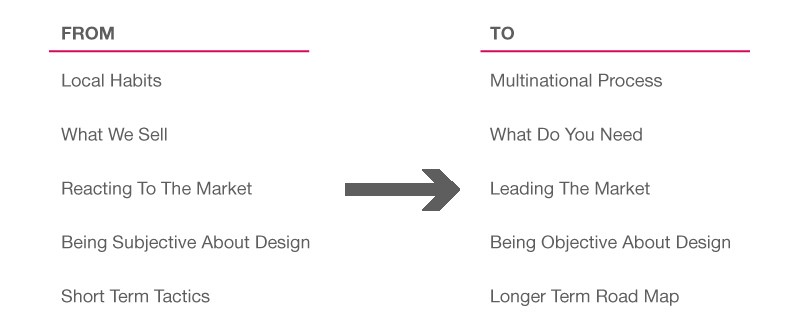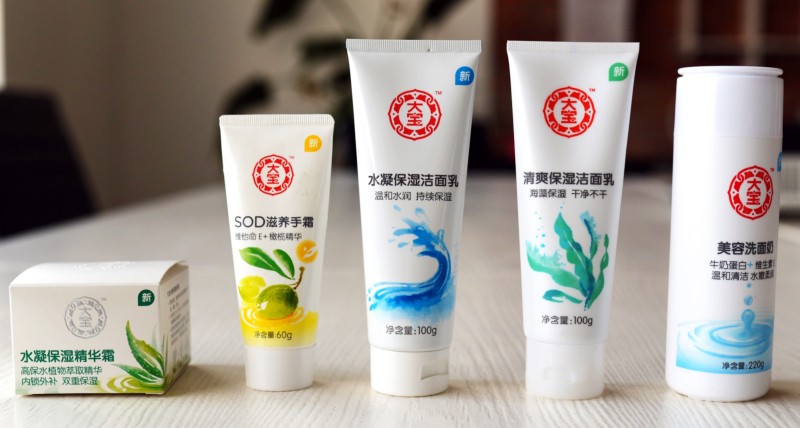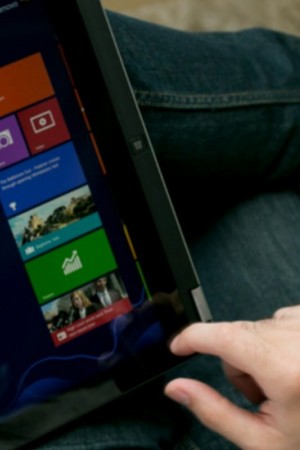Refreshing China's Iconic Skincare Brand

We guided Dabao to establish a new brand experience and portfolio expansion strategy to fuel growth
BACKGROUND
Today, Dabao is regarded as one of the most recognized facial care brands in China. As the 3rd largest skincare provider in China, their focus had remained mostly in the low-end to mid-end market segments in China with extremely strong penetration in 2nd and 3rd tier cities as well as rural markets.
Dabao’s strong brand recognition and widespread market coverage attracted Johnson & Johnson to acquire the brand back in 2008, which marked the beginning of a new era for this iconic brand. While Dabao maintained a strong brand equity, trust and penetration in the market it was lacking constancy at retail, desirability from the emerging modern consumers. To help make this monumental transition, Dabao enlisted our support for driving the overall packaging experience, design strategy, logo development and packaging design.
No progress signals retreat – For brands selling in fast-paced markets like China, where social contexts change greatly within a couple of years, brands have to make swift, customer-focused changes or risk quickly become obsolete.
Despite enjoying high performance on individual products and a healthy business, the new leadership was concerned that Dabao’s overly product-focused development process was rendering the brand irrelevant in consumers’ minds.
Transforming Dabao into a relevant and modern brand again needed a response to key challenges:
- Establish a holistic brand experience
- Develop consistent design language
- Define clear product differentation
- Create and leverage IP ownership
- Change the internal design and development process to better leverage and manage design

OBJECTIVE
For duration of nearly two years, we worked with Dabao’s marketing team and Johnson & Johnson (JnJ)’s Global Strategic Design Office to develop:
BRAND – Refresh visual identity
PRODUCT – Packaging & portfolio harmonization across 32 SKUs
PROCESS – Optimizing design management and cross-functional collaboration
PROCESS
Managing the design process and bridging collaboration from user research into commercialization
Our team utilized our Discover-Define-Design processes to guide decision making and to insure that insights gathered during theccustomer journey and experience research would stay connected, focused and embedded into the design of the new packaging experience.
DISCOVER the next opportunity – understanding the gaps between what Dabao thinks and says about the brand versus how consumers actually perceived it.
We organized a knowledge-sharing workshop to invite internal team members to share their insights and perspectives in addition to achieving initial alignment on brand direction. We defined the knowns and unknowns regarding Dabao and identified the following key questions to research further:
- Who are the target consumers? What are their values and expectations?
- What is not working for the brand? And why?
- What brand elements do consumers value?
- What must be changed? What should be kept?
We also engaged consumers from different cities and during key touch points (e.g. retail stores, supermarkets, consumers’ homes, etc.) to understand what consumers experience as they interact with Dabao.
Our research showed that while consumers were well aware of the brand and recognized its rich heritage, there was a lack of emotional connections. Their perception on Dabao was also marred by the pain points in the packaging and usage experience.

Building a cohesive and resonating brand does not require magic – but it does require putting a strategic plan in place. With a strategy, internal teams can reach a common understanding on the brand’s essence and future direction, empowering them to work together to create a holistic brand experience and make informed decisions for future product, service and marketing materials development.
In the process of building Dabao’s design strategy, we applied a co-creation method to collaboratively define Dabao’s brand vision and establish its design principles.
Once a design strategy was firmly established, we developed and refined creative solutions at a brand level as well as product level. In this stage, we worked on the following areas:
- Created new visual brand identity and associated implementation guidelines
- Packaging & portfolio harmonization
- Packaging design, including the 2D graphic layouts and 3D structure design
- Prototyping and quantitative testing support (eye tracking & questionnaires)
- Facilitated communications between engineering, marketing, sourcing and management teams and kept all local and global stakeholders closely in the loop
- Managed design implementation to ensure all design intentions were accurately translated into the final products

RESULT
Contemporary branded experience – enabling consistent and impactful on-shelf presentation yet differentiable across product portfolio
Based on a strong consensus that the Dabao brand should be simple, genuine and true to its heritage, the creative team redesigned the core visual elements – the logo and key brand marks as well as brand colors and illustration styles.
The new Dabao logo is a modern interpretation of the existing design, retaining the strong communication on the brand’s Chinese heritage. At the same time, brighter colors and reduced graphical complexity gives the new logo a more youthful, impactful and straightforward look.
For the packaging design, we intended to keep a packaging familiarity while bringing a clean and consistent look across the whole product portfolio. This enabled a stronger on-shelf brand presence.

IMPACT
Create positive influences beyond the brand experience
Simplify Engineering & Supply Chain
- We standardized structures to reduce the variety of bottles across the product portfolio, which simplifies production and achieves better economies of scale.
Cost Savings
- Selection of better finishing reduces waste and improves injection mold life, contributing to an estimated savings of millions of U.S. dollars per year.
Design for Sustainability
- One of the most important value propositions driven by the design team was to remove the secondary packaging. This eliminates more than 100 million carton boxes being trashed per year.
Being a constant element to help build solid foundations for trust and collaboration during a transitional process
During the project, Dabao's organizational structure and personnel had changed drastically. China Bridge played an important role in helping keep the project on track and successfully navigate key organizational challenges.

UPDATE
After the roll-out of the new design, Dabao received the 2014 China Sustainable Packaging Award for the new SOD package upgrade. The award lauded the removal of carton outer packaging, stating that the new design saved 1,524 tons of CO2 a year. They were also impressed by the easy-to-use cap design and the fact that the bottle can be stored inverted making sure all the contents get used up before repurchasing.
In addition, Dabao, as a brand, is also growing, it is one of the top 100 Chinese brands – according to BrandZ - and the brand’s value improved by 4% year over year.
We're proud to have been able to contribute to these developments.




